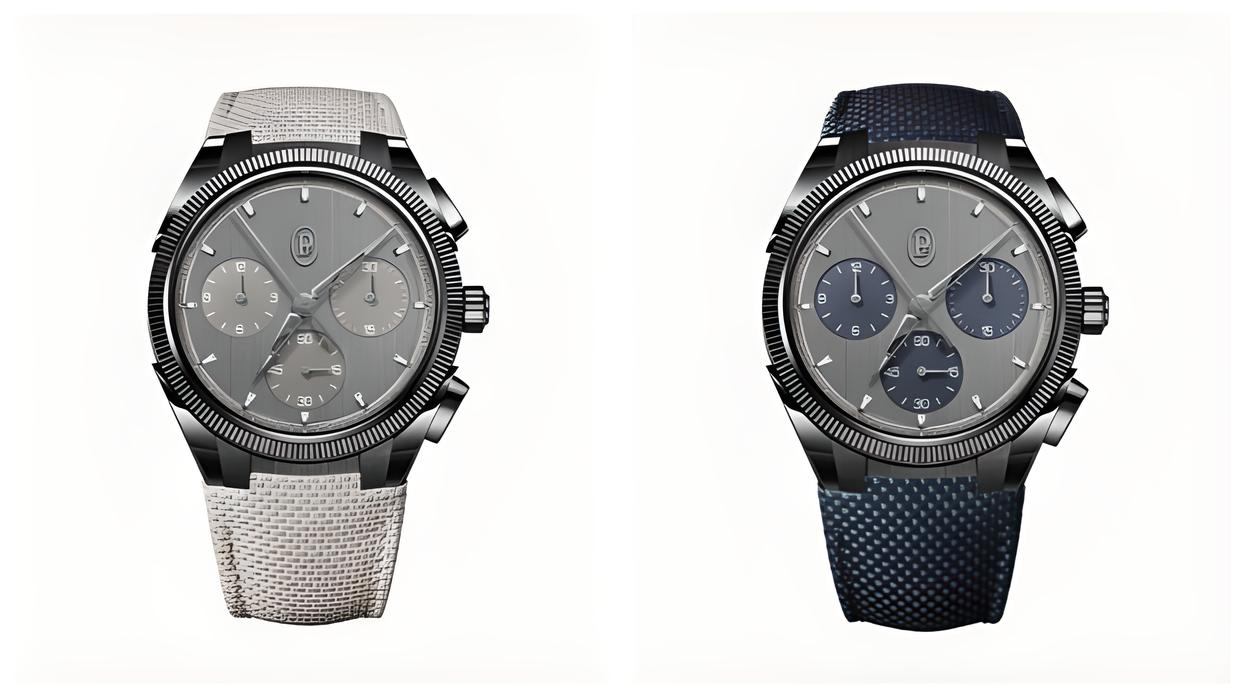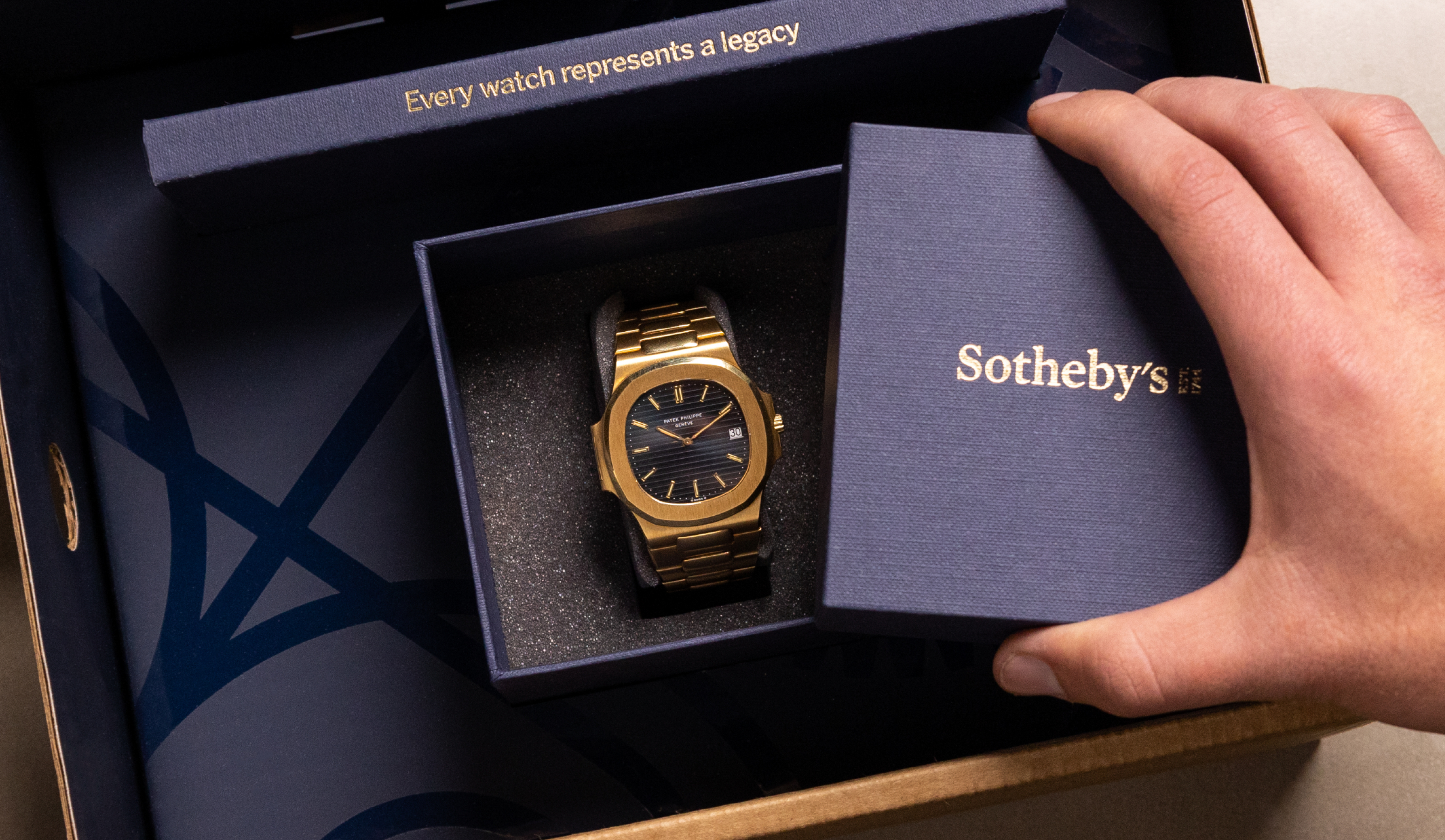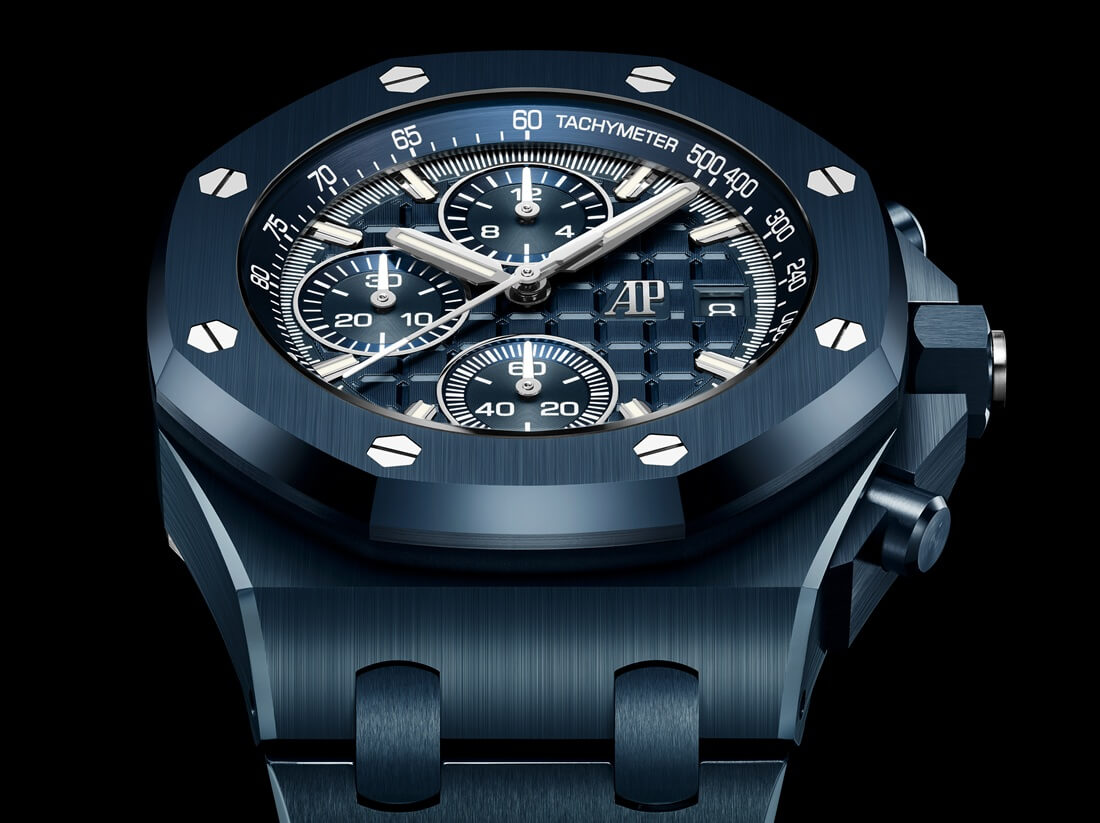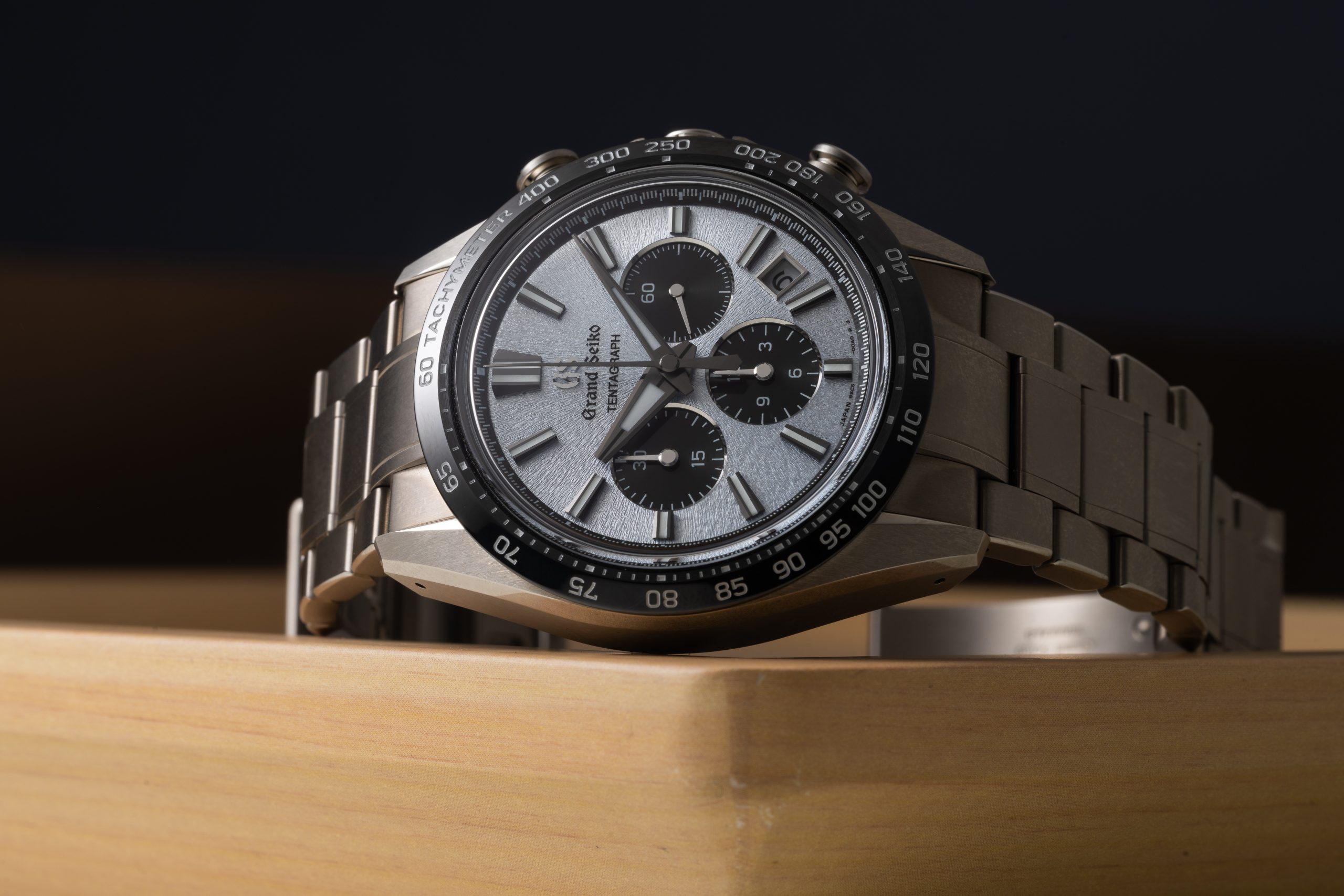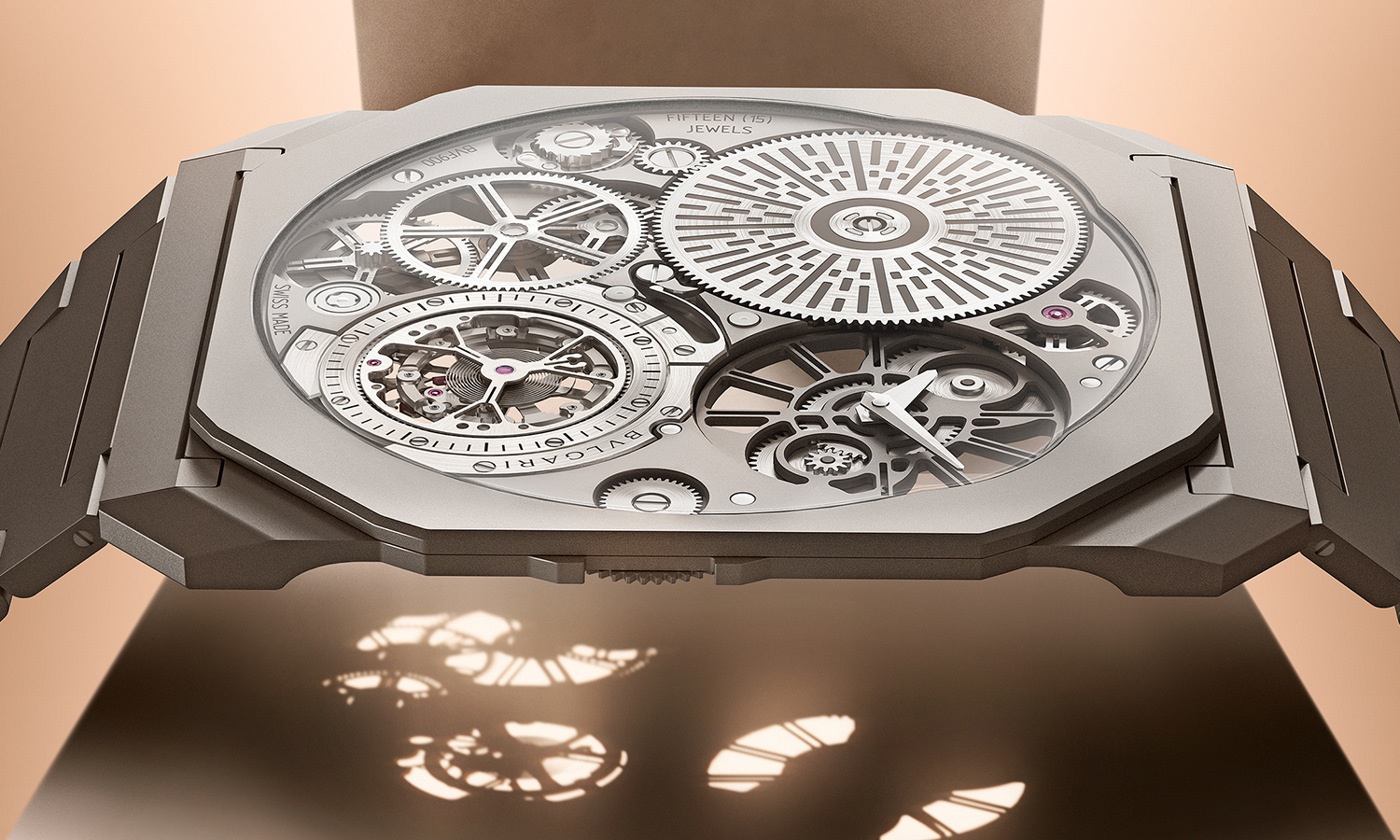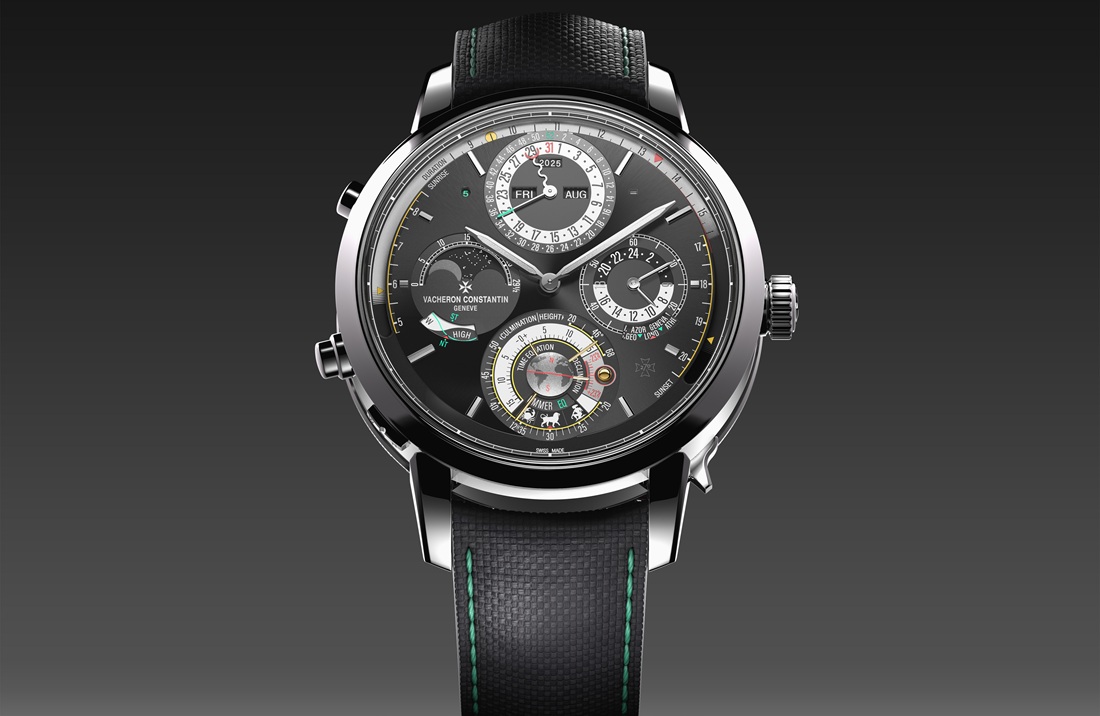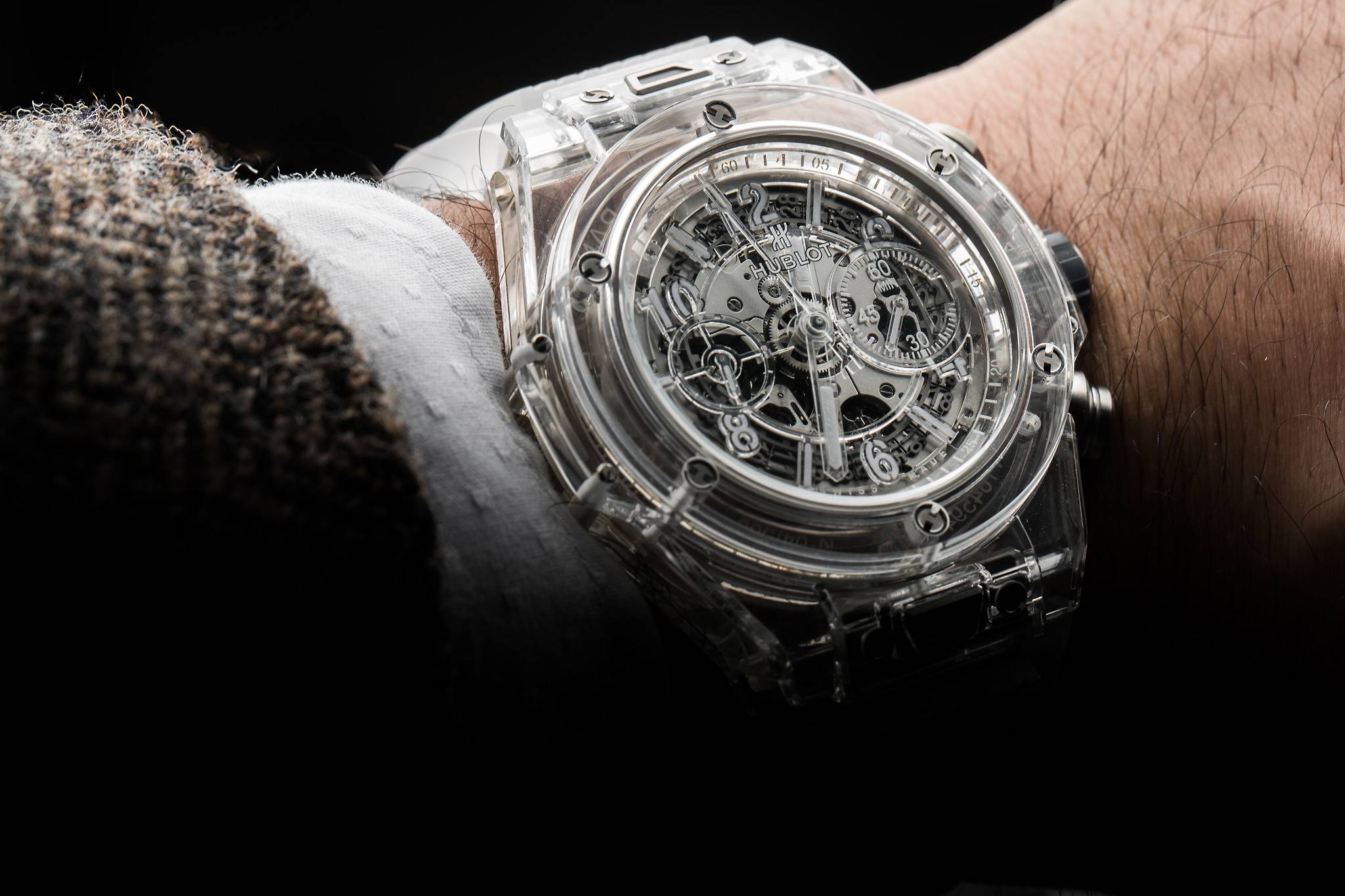
Material Innovation in Watchmaking: Sapphire
In this second installment of Material Innovation in Watchmaking, we’ll be taking a look at sapphire, a material brands have been utilizing very differently in recent years. Sure, the focus on sapphire for the sake of watch crystal production makes sense, but how much further can it be taken? The truth is, case construction and finishing is currently the biggest trend when it comes to sapphire. Brands are happy to push the envelope while wowing eager consumers year after year. So, who are the heaviest sapphire hitters? Let’s look at a few.

Crafted by highly specialized experts at Stettler Sapphire AG in Lyss, Switzerland, the case of the Richard Mille RM 56-02 is milled and ground from blocks of solid sapphire. Something that’s particularly noteworthy here is the way the sapphire was contoured to match the distinct ergonomic curve many of Richard Mille’s timepieces are known for. The process is baffling and impossibly cool. Also, the newly debuted tourbillon movement is suspended from sapphire case through use of an elaborate cable and pulley system. This makes for one serious watch and it takes close to 1,500 hours of sapphire machining to get us there. Limited to just 10 pieces, the RM 56-02 was priced at $2,020,000 at the time of its debut.

Hublot knows how to work with sapphire, there’s no doubt about that. One of the best examples is the Hublot Big Bang Perpetual Calendar Sapphire, which we covered here. The perpetual calendar movement consists of 416 components and is housed beautifully in the 45mm full sapphire case. It’s also great to see that Hublot considered the finishing of the hands, sub-dials, and skeletonized dial when visually complimenting the sapphire case. Even the clear rubber strap is a nice touch.

With the release of the Greubel Forsey Double Tourbillon 30° Technique Sapphire, Greubel Forsey took the mind-blowing approach of fully displaying the double tourbillon movement with the help of sapphire. Now, when it comes to Greubel Forsey, you have to remember that every component of the watch is hand-finished to some degree. As a result, the sapphire case serves as the best choice for showcasing this incredible degree of craftsmanship. It is also quite huge, coming in at close to 50mm in diameter. This not only results in bigger wrist presence but an excellent look at how well the sapphire case is constructed.
So, like it or not, get ready to witness more and more brands tapping into their sapphire finishing skills. It’s a great way to keep watchmaking interesting, fun, and competitive. Naturally, we can’t wait to see what comes next.
 SIGN UP
SIGN UP


